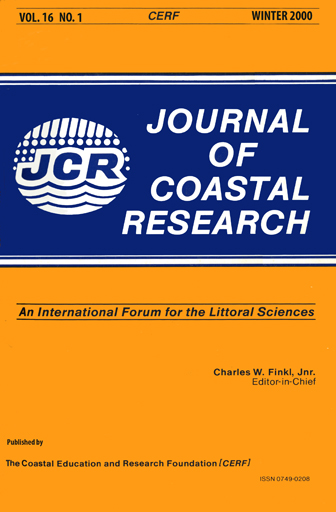Growth and Nutrition of Baldcypress Families Planted Under Varying Salinity Regimes in Louisiana, USA
Keywords:
Salt tolerance, restoration, provenance testing, coastal swamp forests, reforestation, forest tree improvement, wetland, Taxodium distichumAbstract
Saltwater intrusion from the Gulf of Mexico is one important factor in the destruction of baldcypress (Taxodium distichum (L.) Rich.) swamps along the Louisiana Gulf Coast, USA. Recent restoration efforts have focused on identification of baldcypress genotypes with greater tolerance to saline conditions than previously reported. To date, salt tolerance investigations have not been conducted under saline field conditions. In 1996, therefore, three plantations were established with 10 half-sib genotype collections of baldcypress in mesohaline wetlands. Tree survival and growth were measured at the end of two growing seasons, and foliar ion concentrations of Na, Cl, K, and Ca and available soil nutrients were measured during the 1996 growing season. In general, soil nutrient concentrations exceeded averages found in other baldcypress stands in the southeastern United States. Seedlings differed among sites in all parameters measured, with height, diameter, foliar biomass, and survival decreasing as site salinity increased. Average seedling height at the end of two years, for example, was 196.4 em on the lowest salinity site and 121.6 cm on the highest. Several half-sib families maintained greater height growth increments (ranging from 25.5 to 54.5 cm on the highest salinity site), as well as lower foliar ion concentrations of K, Cl, and Ca. Results indicate that genotypic screening of baldcypress may improve growth and vigor of seedlings planted within wetlands impacted by saltwater intrusion.


